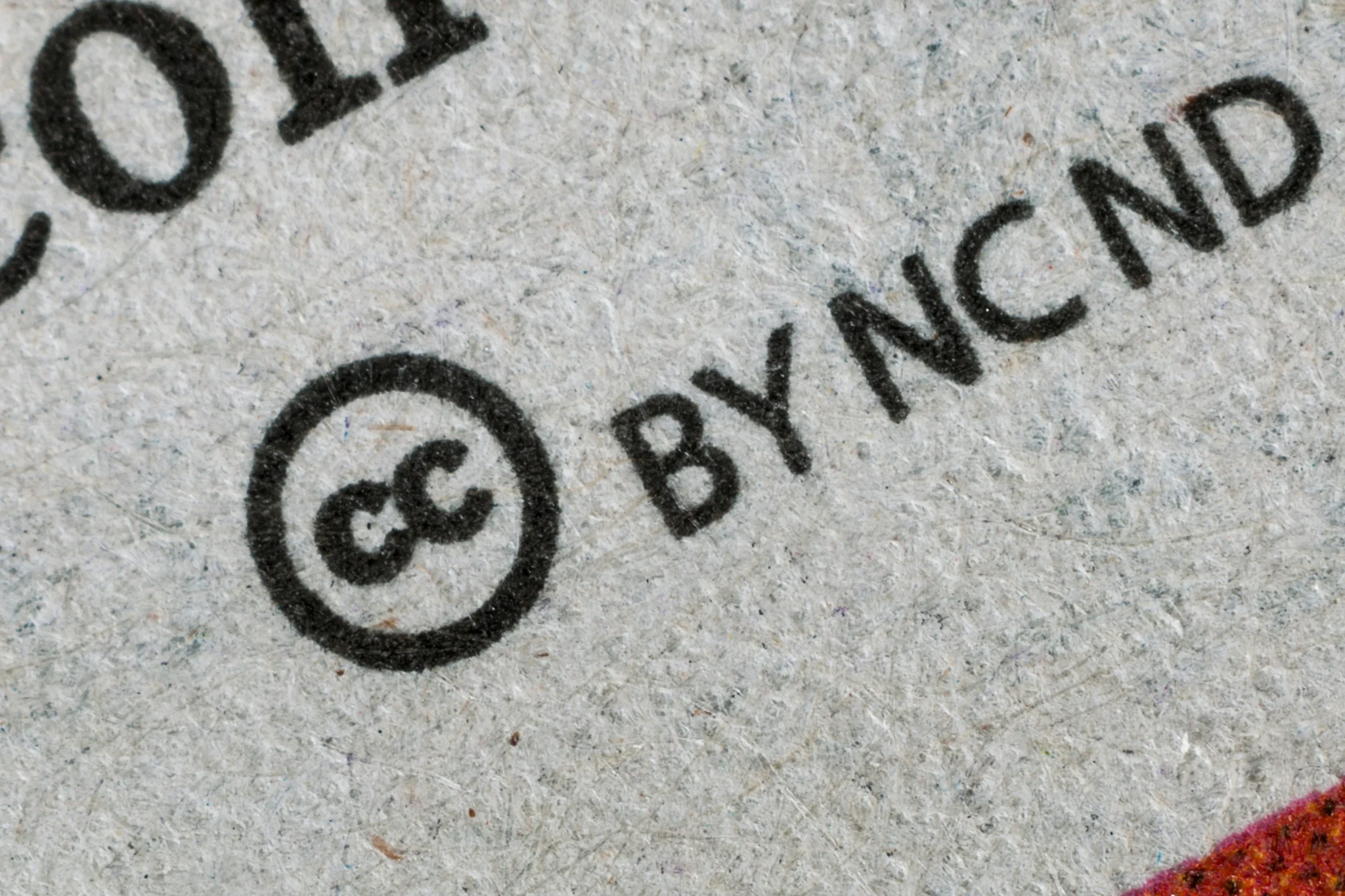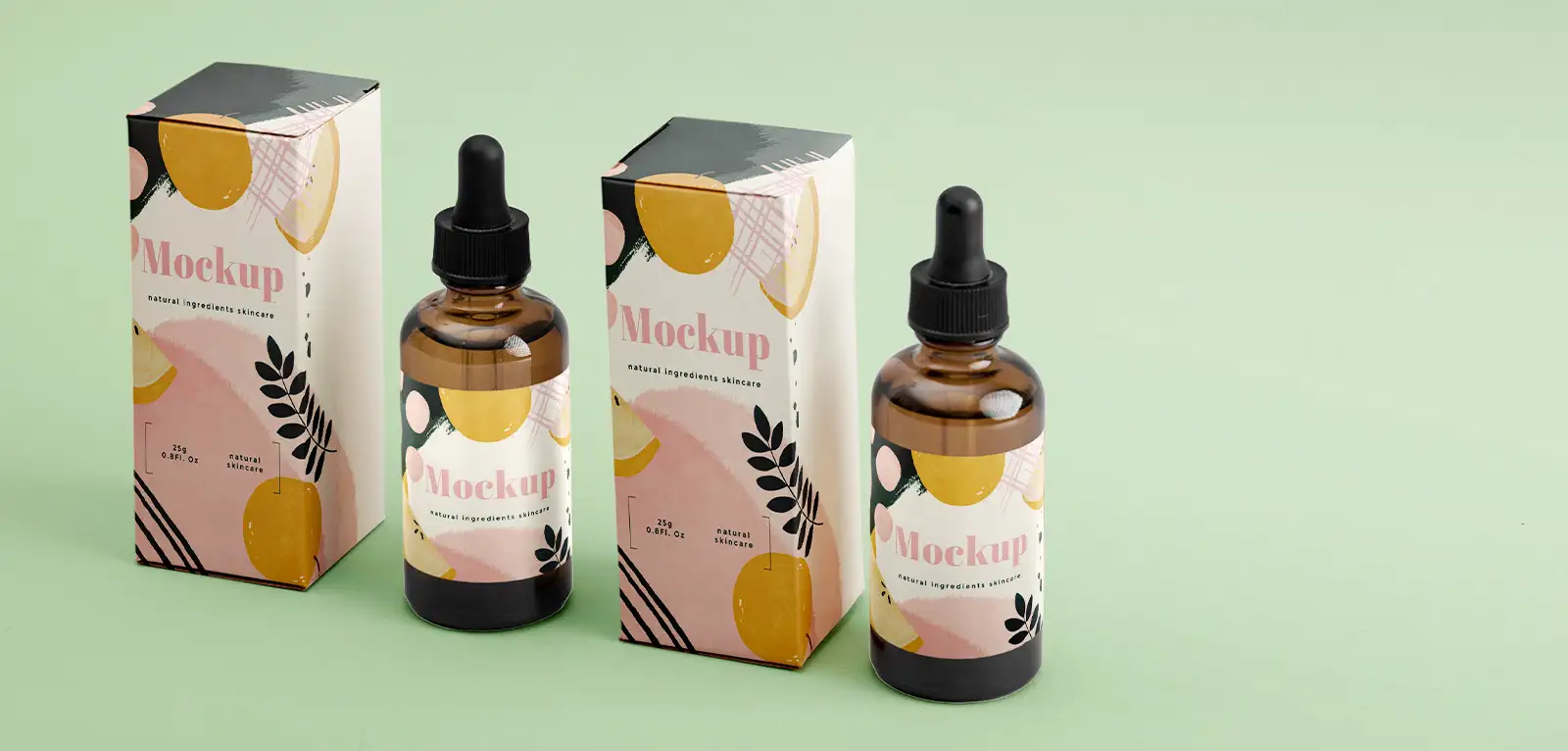November 21, 2024
Copyrighted Images & Print Marketing: What You Need to Know


In today’s visual world, images are a crucial part of any marketing strategy. Whether you’re designing marketing materials like flyers, brochures, or banners, high-quality visuals can help your print marketing stand out. However, not all images are free to use, and understanding copyright rules is essential to avoid legal trouble. This blog explains what imagery you can and cannot use for your print marketing, the consequences of using copyrighted content improperly, and platform-specific rules to watch for.
When you’re designing print marketing materials, understanding the nuances of free-to-use images is crucial. Here are the key categories of images you can use without incurring copyright issues:
Public domain images are a safe bet for your marketing projects. These are works whose copyrights have expired or were never subject to copyright protection. Examples include historical photographs, old government publications, and creative works released into the public domain by their creators. However, be cautious when sourcing these images from online databases—ensure the image is truly in the public domain and not falsely labeled as such.
Creative Commons licenses provide flexibility but require careful attention to the type of license. For example:
You can find images like these on platforms like Flickr and Pixabay often categorize images by license type to make it easier for you to find suitable options. A helpful tip is if you’re required to attribute your source, include a credit line in a subtle part of your design, like at the bottom corner of a brochure.
Royalty-free images can be purchased or accessed through subscription services like Adobe Stock, Shutterstock, or iStock. These images are cleared for commercial use once licensed. While they aren’t technically “free,” they offer flexibility for small businesses looking for high-quality visuals. These images are ideal for polished marketing materials where uniqueness or professionalism is a priority.
Images that are under copyright protection cannot be used without permission or a proper license from the copyright holder. This applies to almost all content created by professional photographers, illustrators, or artists. Even images found on public websites like Google Images are not free to use unless explicitly stated.
Many people assume that if an image is readily available online, it’s free to use. This is not true. Even social media images are protected under copyright laws.
Logos and other branded assets belong to the companies that created them. Using these without explicit permission could result in trademark infringement claims. For example, using a recognizable logo on a flyer to attract attention could mislead consumers into thinking you are affiliated with that brand.
Images shared on platforms like Instagram and Pinterest are copyrighted by the individuals who posted them. Reposting or reprinting these without permission is a violation, even if they are publicly accessible. To use social media content, you must get explicit written consent from the creator.
Using copyrighted images without permission might seem harmless, but the consequences can be severe. Here are some of the most common risks:
Copyright infringement lawsuits can result in significant financial penalties. Depending on the severity of the infringement, fines can range from a few hundred dollars to tens of thousands per unauthorized image. Small businesses may find these fines crippling, especially when the issue arises unexpectedly.
Copyright holders can issue cease-and-desist letters demanding you stop using their work. This often requires you to remove and replace all materials containing the copyrighted image, which can disrupt your marketing campaign and waste resources.
Being publicly accused of copyright infringement can tarnish your business’s reputation. Consumers may perceive your business as careless or unethical, which can harm your brand image.
If you violate copyright rules while using design tools or platforms, you risk account suspension or termination. Platforms like Canva and Adobe Stock have strict policies regarding the misuse of their content.
Different design tools and platforms have unique rules regarding how their content can be used. Understanding these terms is essential to stay compliant and avoid unintentional violations.
To create effective and legally compliant print marketing materials, follow these best practices:
Images are a powerful tool for enhancing your print marketing, but it’s critical to use them legally. Stick to public domain, Creative Commons, and properly licensed stock photos, and understand the terms of the design platforms you use. By following these guidelines, you can create stunning marketing materials while protecting your business from legal risks. For help with your branding, graphic design, and marketing material needs, connect with your local PostNet to get started today!


